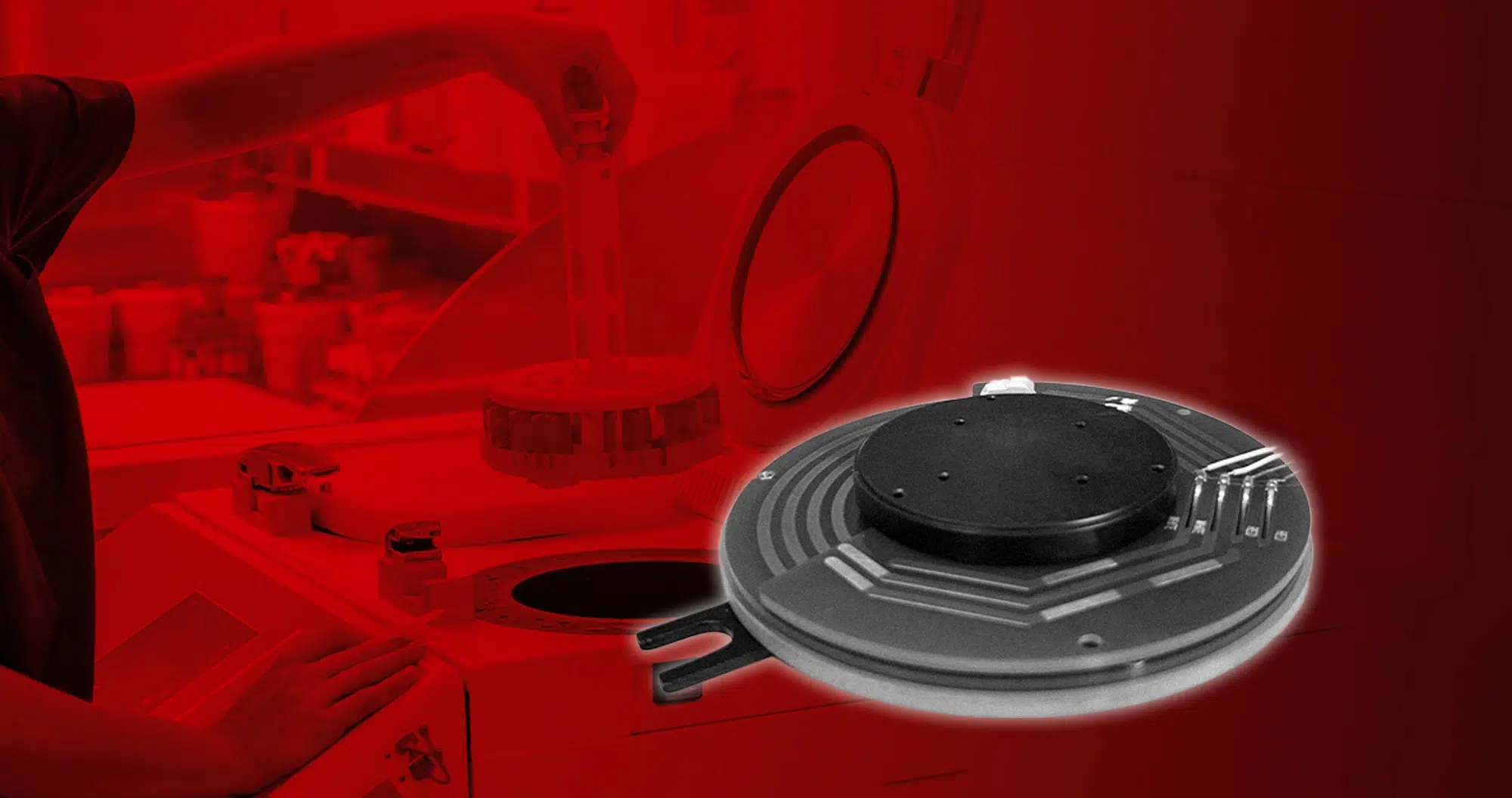A slip ring is an electromechanical device employed for the transmission of electrical signals, data, and power from stationary to rotating parts. Slip rings are essential […]

A slip ring is an electromechanical device employed for the transmission of electrical signals, data, and power from stationary to rotating parts. Slip rings are essential in most industrial and commercial machinery to enable uninterrupted rotation without cable twist.
What Is a Slip Ring?
A slip ring allows a secure electrical connection between an assembly that is rotating around an axis and a stationary member. With continuous contact through conductive rings and contact brushes (or other mechanisms), slip rings enable continuous power and signal transmission in any direction while rotating continuously. These uses make slip rings critical where utilized, such as in wind turbine drives, robots, medical imaging systems, and rotating cameras scanning fields to be monitored.
Slip Ring Types
Slip rings are constructed in various shapes to fulfill various operating conditions and requirements. Capsule, faston, through-bore, ruggedized, open and flat slip rings are some of the widely used types of slip ring:
- Capsule Slip Rings: Having a compact design and customizable options, these slip rings allow high data-rate transmission and offer IP65 protection, which makes them ideal for space-constrained applications with high-performance requirements.
- Faston Slip Rings: With a compact design, IP65 protection, and faston connectors for easy installation or replacement, these slip rings offer reliable and efficient performance, making them ideal for space-constrained and rugged environments.
- Through-Bore Slip Rings: These are customizable slip rings with a hollow shaft, with high data-rate transmission and IP65 rating, offering a general-purpose solution for various applications requiring rugged performance.
- Ruggedized Slip Rings: Specialized for demanding environments, these customizable slip rings provide high data-rate transmission and IP65 rating, ensuring reliability and ruggedness in harsh conditions.
- Open Slip Rings: With a customizable structure, these slip rings are ideal for specialized applications requiring cost-effectiveness and performance with a hollow shaft for easy integration.
- Flat Slip Rings: With a compact design and hollow shaft, these slip rings provide efficient and reliable performance in space-efficient configurations with high functionality and no compromise on durability.
Slip Ring Characteristics
To select the optimum slip ring for your application, there are a number of key characteristics to consider. These characteristics allow optimum performance, longevity, and compatibility in many industries and operating conditions. Familiarity with these characteristics is paramount to the selection of the appropriate slip ring that will offer long-term service and longevity in your system. In considering slip rings for your application, the following must be considered:
- Durability: Designed to support long-term rotation and harsh operating environments with high life expectancy.
- Electrical Performance: Make solid, low-resistance contacts critical to effective power transfer and accurate data transfer.
- Customization: Provide a variety of sizes, configurations, and contact materials to suit special application needs.
- Maintenance Requirements: Depending on the model, slip rings may have periodic inspection or brush replacement as required, or some are maintenance-free.
The majority of slip rings are dust, water, and temperature-resistant and can be used in numerous industrial applications.
Slip Ring Applications
Slip rings find application in many industries because of their efficiency, reliability, and versatility. Slip rings are electromechanical components that facilitate efficient power and data transmission between stationary and rotating parts and are therefore an essential component in most applications with continuous rotation without cable twist. Some of the key applications where slip rings are the center of the process include the following:
- Industrial Automation: Used in robotic arms, CNC machines, and production lines for continuous rotation operation.
- Renewable Energy: Applications in solar trackers and windmills, slip rings enable power transmission from rotary blades to stationary systems.
- Medical Equipment: Used in CT scanners, MRI scanners, and other imaging devices where there is a need for high accuracy, real-time data transfer.
- PTZ (pan-tilt-zoom) cameras: Slip rings provide unlimited 360-degree rotation without compromising signals.
- Entertainment and Stage Production: Facilitate rotating stages, lighting rigs, and other performance dynamic equipment to function seamlessly.
- Cable Reels: Used in cranes, inspection robots, and other heavy-duty applications, they ensure efficient and controlled cable storage and deployment.
Slip Ring Benefits
The application of slip rings in your design provides a wide range of benefits that can greatly improve system performance and efficiency. In industrial automation, renewable energy, or medical devices, the application of high-quality slip rings in your designs guarantees the reliability and flawless operation of your equipment. The following are the main benefits of applying slip rings in your designs:
- Smooth Rotation: Enable 360-degree rotation without twist or fatigue of cables, with smooth operation.
- Reliability and Efficiency: Good quality slip rings offer reliable electrical contacts that reduce downtime and increase system performance.
- Versatility: Because they are of various types and can be adjusted according to specifications, slip rings can be employed for a vast array of applications and conditions.
- Low Maintenance Cost: Modern designs are built to be low maintenance and durable, minimizing operational shutdowns and long-term costs.
How to Choose the Right Slip Ring
In an effort to select the right slip ring, keep in mind some crucial parameters which may affect performance, reliability, and general efficiency in the long run. While selecting the right slip ring, you need to have in mind the specific needs of your system, operating conditions, and whether it is possible to tailor it. The following will guide you to make the best selection of slip ring for your application:
- Application Requirements: Determine your system’s power, signal, and data transmission needs.
- Rotational Speed and Duty Cycle: Measure how often and at what rate the system rotates in order to choose a slip ring that can withstand the mechanical load.
- Environmental Conditions: Consider temperature, humidity, and dust or chemical exposure.
- Customization and Integration: Find a supplier that can customize the design of the slip ring to exactly meet your system’s requirements.


